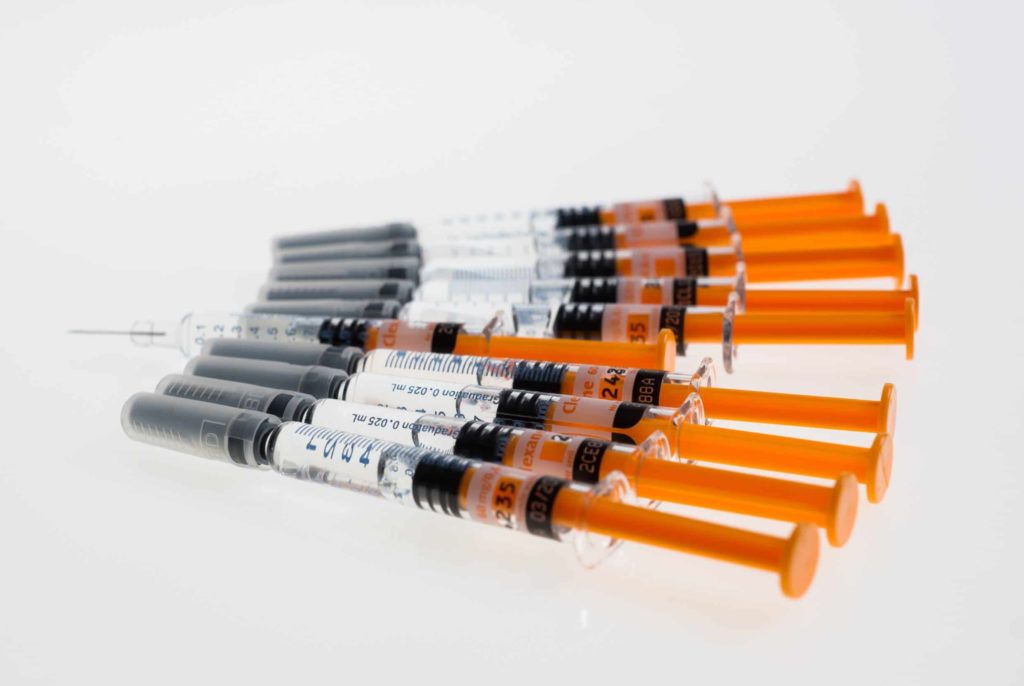In an age of growing demand for expedient and high-risk cosmetic procedures, we may see an influx of negligence claims soon, if not already. Where cosmetic treatment methods are increasingly esoteric and consumers increasingly reliant on popular science, it is clear that expert reports will play a key role in measuring the actual harms and risks of these alternative treatments.
Background
The Plaintiff in this matter underwent a procedure involving ultrasound technology for the purpose of improving the appearance of her facial skin. BCDS International Pty Limited, the Defendant in this matter, advertised “3D Skin Lifting by Ultrasound” as a “very safe, non-invasive cosmetic facial treatment”. [1]
However, as a result of the procedure, the Plaintiff endured lasting “facial redness, burning, blistering, lumpiness and depigmentation to parts of her face”. [32] She also continued to experience abnormal bumps on her skin, particularly on the corners of her mouth, in addition to “mild hyperpigmentation to her entire lower lip”. [35]-[36]
Main Issues
The Plaintiff sought a claim for negligence. In particular, she alleged that the Defendant not only had insufficiently informed her of the potential harms of the procedure, but also had failed to exercise a sufficient standard of care in administering the skin treatment.
The Expert Evidence
The Plaintiff tendered a medico-legal report by a plastic and reconstructive surgeon containing an article by D Miller (“Overview of Therapeutic Ultrasound Applications and Safety Considerations”) on the risks involved in ultrasound skin treatment. The article outlined undesirable side-effects of the ultrasound treatment, including the potential for skin cavitation, hyper-pigmentation and other permanent changes to bio-tissue. [43]-[48]
The Defendants also tendered an expert evidence by a plastic and reconstructive surgeon. This evidence took the form of a medical assessment of the Plaintiff’s post-treatment symptoms.
Plaintiff’s Claim Successful
Justice Levy SC found that the Plaintiff had successfully proved both strands of her negligence claim.[173] The Court found:
- That the Plaintiff proved that the Defendant owed the Plaintiff a duty of care; in particular, regarding potential risks of the ultrasound;
- That the defendant had breached their duty of care by failing to fully warn the Plaintiff of the risks of the treatment, and by failing to test the treatment on the Plaintiff’s skin before proceeding with the entire procedure;
- That the aesthetic imbalance on the Plaintiff’s face constituted an injury; [175]-[176] and
- That but for the skin treatment administered by the Defendant, the Plaintiff would not have suffered the injuries to her skin. [177]
It was the opinion of the court that the Defendant should have not only discussed in more detail with the Plaintiff the risks of the procedure, but also taken precautions before administering the treatment, such as applying the treatment to only a portion of her skin before proceeding with the entire treatment.
Analysis of Relevance of Reports to Questions of Negligence
The Plaintiff’s attachment of an Academic publication on the risks of ultrasound skin treatment was critical in establishing that there was a foreseeable risk to the Plaintiff of facial disfigurement.
Justice Levy SC noted that, in his view:
“… [T]he Miller article provides a relevant and useful background by which to assess the reasonableness of the defendant’s representation that the treatment in question was very safe.” [148]
Ultimately, the particular utility of the article to the court lay in its ability to highlight the high or serious risk of harm of the procedure in comparison to the advertised low level of risk it apparently carried when the treatment was represented to clients by the Defendants in their brochures, client information packages and pre-treatment consent forms. The article, which outlined the extent and kinds of risks posed by Ultrasound skin treatment, became critical to the court’s process of determining that the potential harms of treatment were “not insignificant” and therefore something which should have been addressed in greater detail with the Plaintiff instead of a mere request for a signature on a consent form.
Takeaways
- This case represents one example of a very straightforward way to provide strong evidence in a negligence matter. Although neither party were able to provide a report detailing the state of equipment used and clinicians’ procedures whilst administering treatment, the inclusion of a single authoritative journal publication on the risks of the treatment assisting in proving all three elements of section 5B of the Civil Liability Act (NSW).
- Notably, the provision of the article paired with the fact that the Defendant did not provide a comprehensive outline of the risks associated with the procedure (merely requesting the Plaintiff’s signature on the final page of a consent document) precluded the Defendant from claiming an ‘inherent risk’ defence against the Plaintiff’s case.

